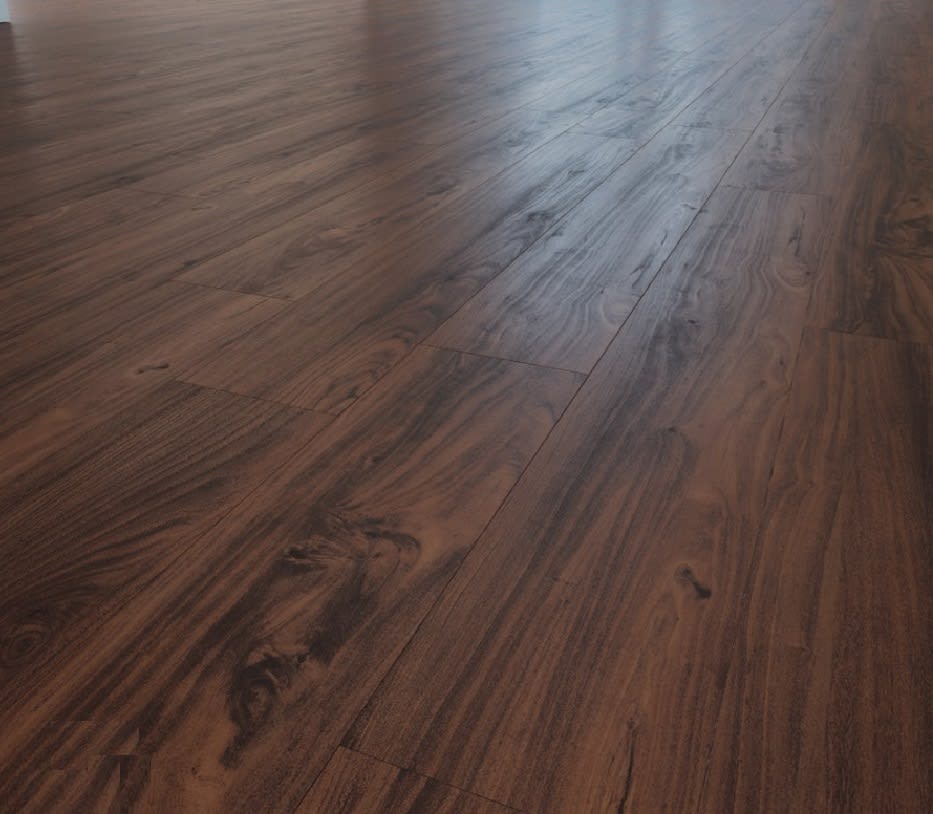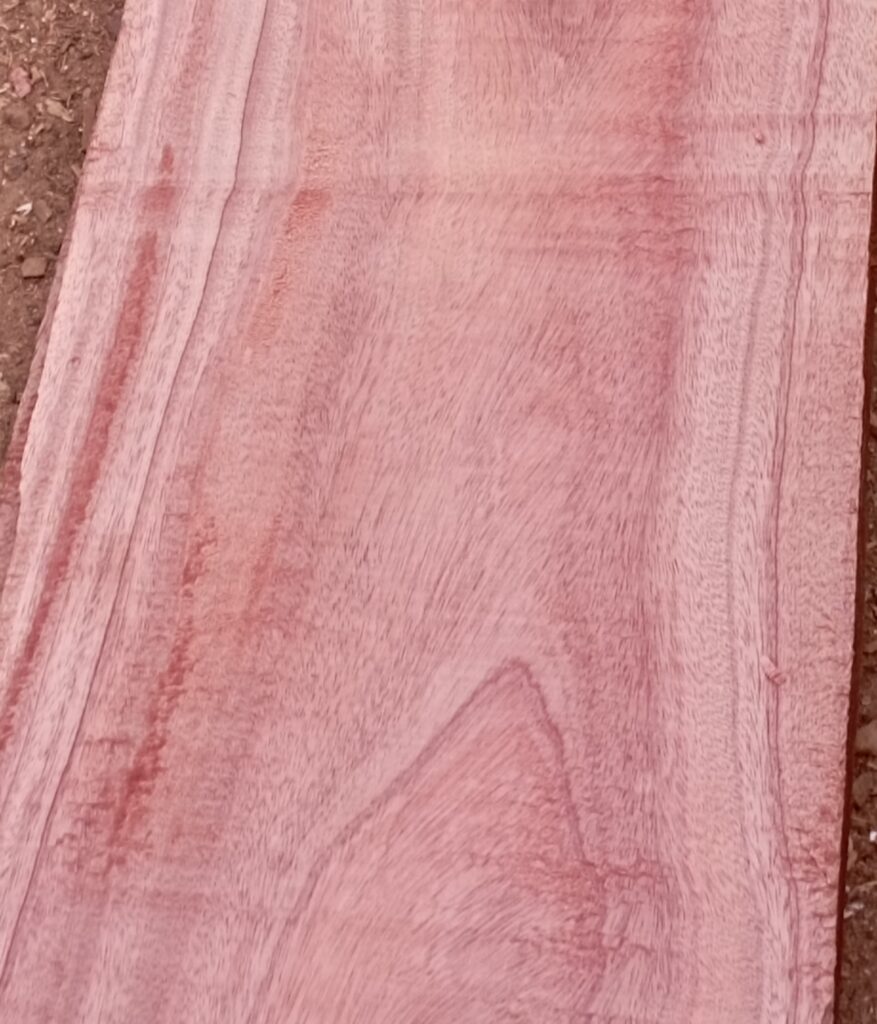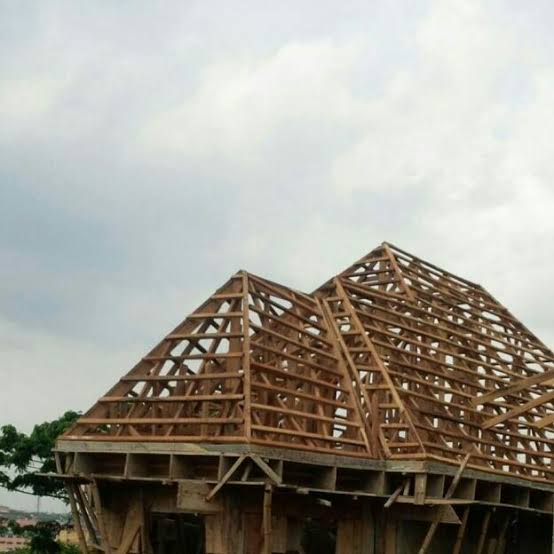Wood flooring in Nigeria may face challenges such as high humidity, which can lead to warping or swelling of the wood. Additionally, termites and other pests may pose a threat to the integrity of the wood. Poor installation practices and lack of proper maintenance could also contribute to issues like gaps or buckling. It’s essential to consider local climate conditions and follow proper installation and maintenance guidelines to mitigate these challenges.
High Humidity
High humidity in Nigeria can adversely affect wood flooring in several ways:
- Expansion and Contraction: Wood is sensitive to changes in moisture levels. In high humidity, wood tends to absorb moisture from the air, causing it to expand. This expansion can lead to warping, cupping, or buckling of the wood flooring.
- Swelling: Excessive moisture content can cause the wood fibers to swell, leading to an increase in the size of individual planks. This swelling may result in gaps between the planks when the humidity decreases.
- Mold and Mildew Growth: High humidity creates an ideal environment for mold and mildew to thrive. These fungi can develop on the surface of wood flooring, leading to discoloration and potential structural damage over time.
- Decreased Stability: Wood that absorbs too much moisture becomes less stable. This reduced stability can result in an uneven surface, making the flooring less durable and prone to damage.
- Finish Issues: High humidity can impact the finish on wood flooring. It may cause finishes to lift or peel, compromising the protective layer and leaving the wood more vulnerable to damage.
How to mitigate the effects of high humidity on wood flooring.
To mitigate the effects of high humidity on wood flooring in Nigeria:
- Use Dehumidifiers: Employing dehumidifiers can help maintain optimal humidity levels indoors, reducing the risk of wood-related issues.
- Ensure Proper Installation: Proper acclimatization and installation techniques can minimize the impact of humidity on wood flooring. This includes leaving adequate expansion gaps and using moisture barriers.
- Provide Adequate Ventilation: Good ventilation helps control indoor humidity levels. Ensure proper airflow in the building to prevent moisture buildup.
- Regular Maintenance: Regularly clean and inspect wood flooring. Promptly address any signs of damage or moisture issues to prevent further problems.
By taking these precautions and addressing humidity-related issues promptly, you can help preserve the integrity and longevity of wood flooring in a high-humidity environment like Nigeria.
Termites Infestations
Termites can damage wood flooring through the following mechanisms:
- Feeding on Wood: Termites primarily feed on cellulose, a component found in wood. As they tunnel through the wood, they consume the cellulose, weakening the structural integrity of the flooring.
- Creating Galleries: Termites build tunnels or galleries within the wood, which can compromise its strength. These galleries may not be immediately visible, making it challenging to detect early infestations.
- Hollowing out Wood: Over time, termite colonies can hollow out sections of wood flooring. This can lead to a loss of support, causing the flooring to become brittle and susceptible to damage.
- Surface Damage: Termites may also damage the surface of the wood flooring by eating along the grain. This can result in a rough or pitted appearance on the surface.
- Weakening the Structure: As termites feed on and tunnel through the wood, they weaken the overall structure. This can make the flooring more prone to sagging, buckling, or breaking under stress.
- Moisture Attraction: Termites are attracted to moisture, and their presence can lead to increased moisture levels in the affected wood. This additional moisture may further contribute to the deterioration of the wood flooring.





